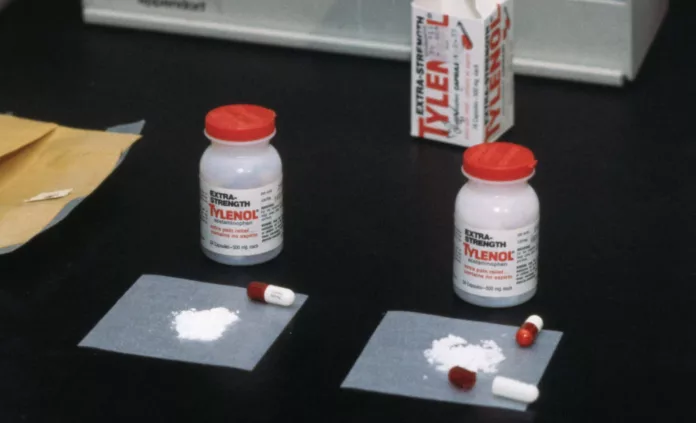The Tylenol Murders: A Tragic Case That Shook America

Introduction
The Tylenol murders case remains one of the most notorious and unsettling incidents in American history. Occurring in 1982, this tragic event involved the tampering of over-the-counter medication, leading to the deaths of seven individuals in the Chicago area. The case not only sparked widespread panic but also prompted significant changes in how medications are packaged and regulated. Understanding the details surrounding these deaths is crucial for recognizing the importance of safety in consumer products.
The Events of the Tylenol Murders
Starting on September 29, 1982, several individuals in the Chicago area began to die after consuming Tylenol capsules tainted with cyanide. The victims included 12-year-old Mary Kellerman, 27-year-old Adam Janus, and his brother-in-law, as well as several others. The media frenzy that followed led to a nationwide recall of Tylenol products, with approximately 31 million bottles removed from store shelves, costing the parent company Johnson & Johnson millions of dollars.
Investigators quickly identified that the tampering had occurred after the products reached store shelves, leading to public fears about product safety. The Federal Bureau of Investigation (FBI) joined local police in the investigation, aiming to track down whoever was responsible. Despite their extensive efforts, a definitive suspect was never found, leaving the case officially unsolved.
Impact on Regulations
The Tylenol murders had far-reaching effects on the pharmaceutical industry. In response to this tragedy, federal regulations regarding the packaging of over-the-counter medications were significantly strengthened. Tamper-proof packaging became a standard requirement, and the public was made more aware of the importance of consumer safety labels. These safety measures continue to protect consumers today.
Legacy and Ongoing Investigations
In recent years, the case has resurfaced in the public eye, with renewed interest fueled by various true crime documentaries and investigative reports. Some have speculated about potential suspects, leading to a resurgence in amateur sleuthing. Despite recent efforts, the case remains cold, although the FBI continues to review evidence and leads. The Tylenol murders not only serve as a reminder of the vulnerabilities in consumer product safety but also highlight the ongoing need for vigilance and reform in public health and safety policies.
Conclusion
The Tylenol murders continue to hold significance in both historical context and current public policy discussions. As product safety regulations evolve, the lessons learned from this haunting case remain pertinent. Ongoing investigations and the public’s interest reflect a collective desire for closure, not only for the victims’ families but for the integrity of consumer safety as a whole. As we explore this tragic event, we must advocate for continued safety measures to prevent similar crimes in the future.







